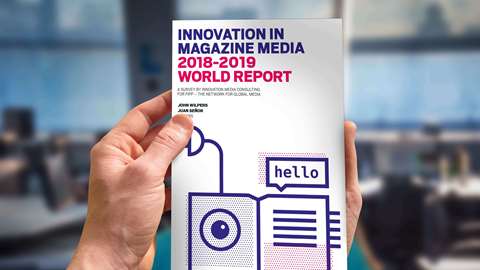In their words:
“Consumers are willing to significantly shell out on their personal interests. Publishers have recognised this and are now able to deliver offers and content off the page, in areas such as events and e-commerce. But advertisers are yet to catch up. Not only are they neglecting long-term focused brand campaigns, they are also missing opportunities to use the power of media context to help build brands in these growing identity categories [a set of individualistic, rather than social, identifiers and attributes]. Ultimately, it’s all about the context in which we receive messages. When people pick up a magazine on food, fashion or film, they are far more likely to pay attention to the advertising and take action.”
Key findings:
- In 2017 alone, Brits spent £320bn on identity categories, making it the only area of discretionary spend (household spending minus housing, fuel and power expenses) to increase
- Spend on identity categories accounted for 47% of discretionary spending in 2012, rising to 52% in 2017
- The growth in the “passion pound” equates to an extra £50 per household per week in spend on identity categories – or £2,642 a year
- Although consumer spend in identity categories has grown 14% since 2015, advertising spend in these categories grew just 2%. This, despite overall ad spend increasing by 12% in the same period
Between 2017 and 2015: - Spending on fashion increased 9% (£125), while ad spend decreased 11%
- Spending on cars increased 22% (£270), while ad spend decreased by 1%
- Spending on fitness and sport increased by 5% (£20), while ad spend decreased 5%
- Spending on eating out increased 12% (£180), while ad spend decreased 24%
- Spending on pets increased 29% (£60), while ad spend decreased 15%
Douglas McCabe, CEO of Enders:
“Identity is… a clear missed opportunity [for marketers]. Taking advantage means understanding which media allow marketers to reach customers as members of identity groups, rather than just as a target demographic. Different types of media relate to identity to different degrees, with some – most prominently magazine media - offering a more natural fit with identity-based marketing than others.”
Sue Todd, CEO of Magnetic:
“Ultimately, it’s all about the context in which we receive messages. When people pick up a magazine on food, fashion or film, they are far more likely to pay attention to the advertising and take action.”





